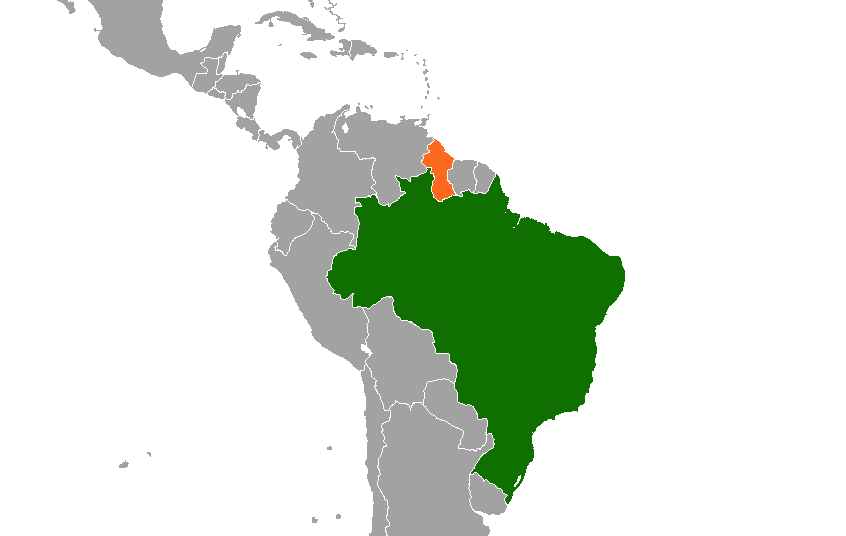South American neighbours Brazil and Guyana are experiencing unprecedented investments in oil developments that will see production from these countries ballooning in coming years to more than 2.5 million b/d by 2025.
Industry analyst Wood Mackenzie says the global deepwater industry is set to continue to grow with output is expected to reach 14.5 million boe/d by 2025, with strong growth in both oil and gas.
A challenging few years during the downturn forced deepwater to reinvent itself by cutting costs, cycle times and breakevens. It has emerged much stronger and is ready for the next phase of investment – much of which will be in deeper waters and in new plays and new countries.
“Brazil will continue to lead on investment and production in its prolific Santos Basin, but major discoveries over the past decade have been transformational for Mozambique, Israel, Egypt and Guyana. And while the type and quality of projects have changed, deepwater is here to stay,” WoodMac said in a December 5 report.
Deepwater investments boast high returns. Could this change?
WoodMac’s Ian Thom, Research Director, Middle East Upstream, said Deepwater is one of the great growth themes of the oil and gas industry and is often associated with large, expensive and complex long-cycle projects. However, Thom said it can be highly rewarding for those willing to take on the risks.
Typically, deepwater investment returns average 23%. But there is a wide variation: for one in five assets, the number is below 15%.
Thom said the best returns come from smaller oil projects with quick tie-backs to host facilities, whereas gas has systematically lower returns in comparison to oil.
“Over the past 10 years, gas has made up 58% of volumes discovered, and it is set to become more prominent. Less than half of that is currently commercial: many major gas discoveries remain undeveloped due to market constraints and high costs,” he said.
Despite its successes, mistakes in the deepwater are costly, the Research Director points out. “A run of dry holes or a project delay can destroy economics – with operators unable to ramp up or down activity as easily as for onshore resources.”
Is ultra-deepwater here to stay?
Over the past 30 years, water depth has been steadily increasing.
A typical deepwater project in 2000 would have been in the 600 to 800-metre depth range. Now, growth from ultra-deepwater projects – those at water depths of more than 1,500 metres – is outpacing shelf projects.
“By 2023, ultra-deepwater should account for more than half of overall deepwater production – with much of this growth coming from quality oil assets in Brazil, Guyana and the US,” Thom stated.
Deep pockets required
He said as fields get deeper and increasingly technically challenging, deepwater will remain an industry for those with deep pockets.
“Companies in this space need the scale and capability to take on huge projects, matched by an appetite for the necessary risk. More than three-quarters of deepwater production is operated by eight companies; the Majors and Petrobras. Collectively, they operate 23 of the top 25 deepwater assets,” Thom stated.
Where are the deepwater hotspots?
The analyst said Brazil and the US dominate; Nigeria, Angola and Australia also feature. “Cumulatively, Guyana, Mozambique and Brazil will add 3.7 million boe/d of growth between 2018 and 2025,” he pointed out.



